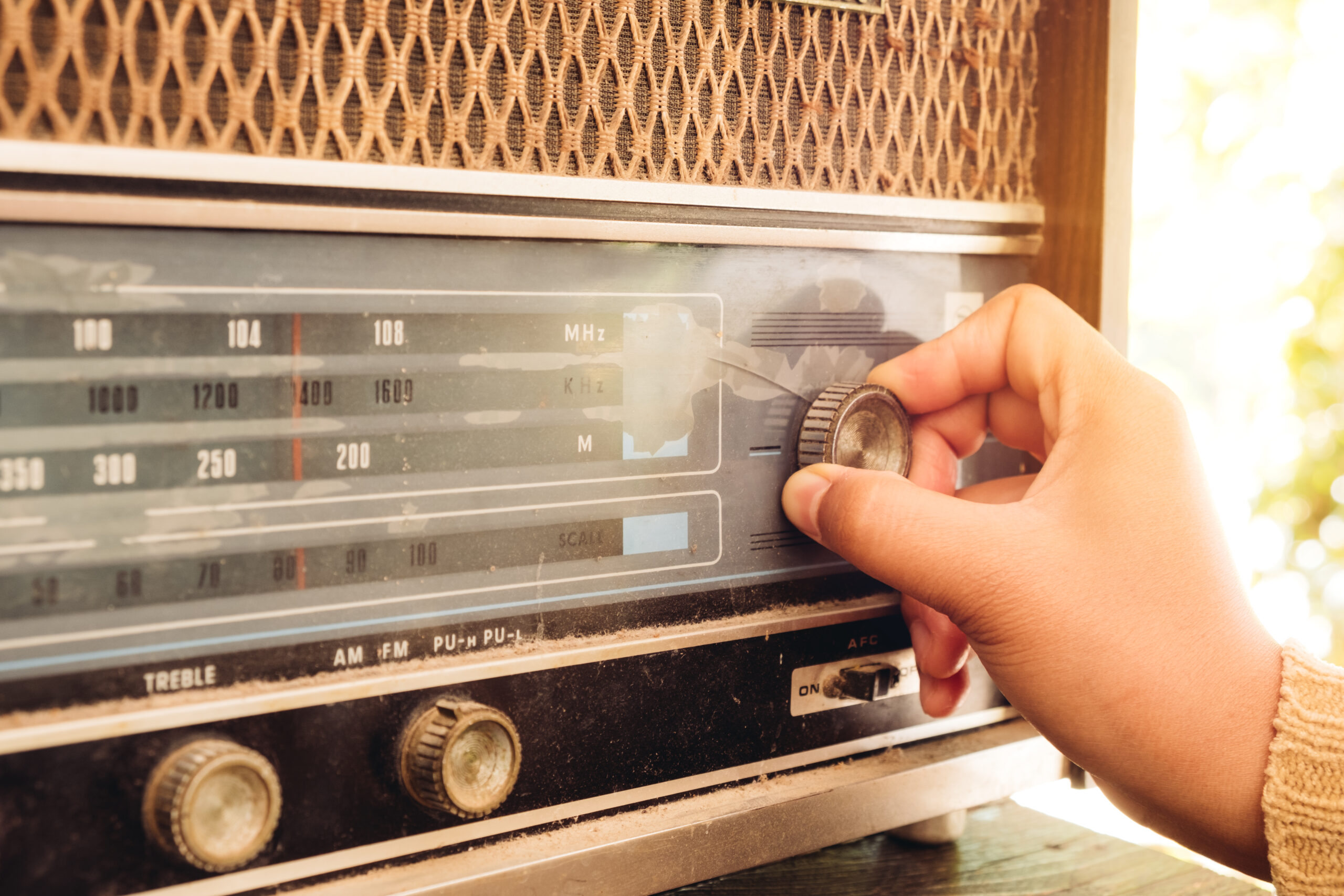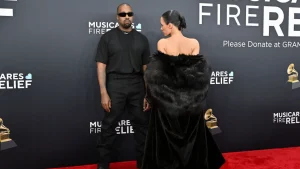
As music streaming becomes increasingly personalized, the role of traditional radio is evolving. While services like Spotify offer tailored playlists targeted to individual tastes, radio still provides value through communal experiences and live interactions missing from on-demand options.
Much like a radio schedule evolves throughout the day, Spotify recently launched “daylist” – a playlist that changes based on the time with personalized titles. This mirrors a radio format but is hyper-focused on each user’s microgenres. As audiences fragment across numerous platforms, radio must likewise tailor its content to niche interest groups. However, how specialized can programming become before losing its mass appeal and sense of community?
Despite streaming’s rise, radio has remained resilient with half of consumers still tuning in weekly. Major networks have cultivated dedicated global fanbases through their human touch lacking from algorithms. While Spotify has tried replicating radio with products like Car Thing, these efforts fell short. Apps offering live audio like Clubhouse also failed to survive beyond pandemic lockdowns.

Spotify’s daylist adapts throughout the day according to past listening habits, engaging users as the graphic and title changes. But its isolation contrasts radio’s participation where listeners interact by calling or competing in on-air games. In a fragmented media landscape with fewer shared live experiences, radio preserves a sense of communal bonding. For example, BBC Radio 1 drove listener involvement through their “Giant DJ Hunt” scavenger race as fans eagerly followed the competition.
As labels struggle breaking new artists drowned in social media marketing, radio retains an audience-trusted human curation role. Rather than compete alone, radio can renew partnerships with rights holders for mutual benefit in an area streaming is still developing. To survive the streaming era, radio needs to actively redefine its services catering to niche audiences while modernizing access through digital platforms. Maintaining mass appeal while specializing programming will be key to radio carving out new relevance in personalized on-demand environments.






